Tips for planting basil outdoors and caring for the plant
If you ask residents of the northern regions what spices they sow on their plots, then most often you will hear standard answers: dill, parsley, anise, cumin. Few people know that growing basil outdoors from seeds is not difficult at all, and its taste is simply excellent.
Mystical prejudices are partly to blame for this: in the Middle Ages, Europeans considered this herb a cursed plant, the smell of which has a bad effect on humans. Someone is afraid that a southern guest in a cold area will need difficult care. Nowadays, it is difficult to imagine Italian or French cuisine without such a spice. Russian chefs also appreciated the taste and aroma of basil, it is added to many dishes.
Why do you need basil on the site?
There are different types of basil, when buying seeds, pay attention to their characteristics:
- Sweet basil has a tart taste and aroma reminiscent of cloves.
- Violet basil is a favorite spice of the peoples of the Caucasus, where it is called "regan", herbs are used for cooking, and ready-made meals are sprinkled with seeds. Large juicy leaves, colored in purple, have a delicate taste.
- Lemon basil is so named for the aroma and flavor of lemon. A very productive species, if provided with good care, can give up to 250 g of leaves from a bush.
Basil is not only tasty, but also healthy. During the growing season, the leaves accumulate many vitamins, minerals, essential oils. It has a beneficial effect on the nervous and excretory system, has an anti-inflammatory effect. The bush itself looks very attractive, it can be planted in a flower bed as an ornamental plant.
Advice! Be careful when adding basil to your meals. An excessive amount of leaves can completely drown out the taste of other foods.
The aroma of basil drives away pests from fruit trees. You can plant the spice in tree-trunk circles without the need for chemical insecticides. In the resting corners surrounded by fragrant bushes, you can calmly read and take a nap: neither flies nor mosquitoes will disturb your peace. Grow spice from seeds in pots on a windowsill: you will get both an air flavor in the apartment and a natural insecticide.
Growing basil seedlings
To get spicy leaves on your table as early as possible, grow basil from seeds through seedlings. Take equal amounts of garden soil, peat and humus, spill the mixture with a fertilizer solution:
- water - 5 l,
- superphosphate - 0.5 tsp,
- potassium chloride - 0.5 tsp,
- urea - 0.5 tsp,
- potassium sulfate - 0.5 tsp.
Fill the boxes with soil, sow the seeds and embed them 1 cm deep.
Cover containers with glass or plastic and remove to a warm place. The best temperature for seed germination is from + 25⁰ to + 28⁰. Seedlings will appear in a week, but mold and mildew may develop earlier, so ventilate your plantings every day. When you see green sprouts, open the box and move it to a place that is about 8⁰ cooler: in extreme heat, the seedlings stretch out. There will be enough food for the seedlings until the pick, the main care for them is proper watering. In dry soil, seedlings will die, and in too wet soil they can get sick with a black leg. As soon as you notice suspicious signs in at least one plant, remove it, and treat all seedlings with a composition of 1 liter of water and 0.5 teaspoon of copper sulfate.
When 2 true leaves appear, the seedlings need to be dived into individual pots.Be careful not to damage the delicate roots, it is better to plant the shoots with a small clod of earth. Seedling care is the same as for seedlings: the main attention should be paid to watering. Monitor the condition of the soil in the garden: planting basil in the open field is possible when the ground warms up to + 15⁰. Take the seedlings outdoors a week before transplanting. The temperature during "walks" should be at least + 10⁰.
If you did not manage to grow seedlings from seeds in spring, in June you can plant basil seeds in open ground. To speed up germination, sprinkle grooves with a growth promoter. Cover the bed with a film or non-woven material, you can remove the shelter only after germination. In the northern regions, where frosts occur in August, it is undesirable to plant this way, you may not wait for the harvest.
Planting basil in the garden
For a spicy plantation, you need to choose a sunny place on fertile soil. The plant does not like waterlogged soil; drainage needs to be done in low-lying areas. If you plant a plant in wet heavy clay, you will not wait for many fragrant leaves, the bush will be stunted and will soon die, no care will help it. Do you have a wonderful place where, for the past several years, basil has yielded bountiful harvests both through seedlings and seeds? We'll have to look for another site: the land may be infected with fusarium, which will destroy new plantings. For at least 5 years, you need to plant crops there that are resistant to this disease, then you can return the spice to its old place.
Each region has its own terms for planting basil seedlings in open ground. This is a heat-loving plant, you need to navigate by the weather when the threat of frost passes. It is better to take your time and plant young shoots in early June: care will become much easier, you will not need to cover the seedlings from frost, and you will have time to harvest the crop. In any case, consider the ability to quickly protect the plantings from the cold.
Remember the love of a spicy plant for light fertile soils and add 2 kg of compost, peat and black soil for each m2... It is advisable to plant young plants in the evening. You can do this in the morning if you are sure that the day will be cloudy, or cover the seedlings from direct sunlight. Place containers with water in an open, sunny place in advance so that the watering liquid is warm.
On the garden bed, mark the rows at a distance of 30 cm from each other and dig holes after 15-20 cm, the depth of the holes should be from 7 to 10 cm.If you plant too often, the plants will become crowded, and it will be difficult to leave. Place a few hydrogel granules under each bush to keep the soil moisture stable. Plant the seedlings and water the soil well. Cover the row spacing with a layer of peat, compost or sawdust 5 cm thick.
Caring for a heat-loving plant
Caring for basil in the open field does not require any new skills. Remember that the plant loves moisture, but cannot live in swampy soil. If you have done good drainage before planting or introduced a hydrogel into the ground, you can not be afraid to overflow water when watering. Monitor the condition of the soil: as soon as it begins to dry out, you need to moisten the garden. Use lukewarm water: the sudden temperature drop causes a lot of stress on the plants.
For plants to thrive, they need all the nutrients and trace elements. Thick greens appear when there is enough nitrogen in the soil, use complex fertilizers with a predominance of this component. Make the first feeding 2 weeks after transplanting. Carry out further care according to the scheme: feeding once a month all season - and you will constantly have fresh juicy leaves on the table.
The plant needs good soil structure, so if you haven't mulched the bed, you will need to use the ripper quite often. Cover the soil with compost, mowed grass or sawdust at least 5 cm thick, and the soil will be loose and the weeds will not break through.It makes no sense to sprinkle a bed with a thin layer of mulch, the weeds will be able to break into the light. If you have little material, it is better to close half of the garden well than to somehow all plantings. You will still make your work easier: caring for a properly treated area will become quite simple.
Advice! Never mulch the seedbed as the seedlings do not have enough light to grow. Wait until the seedlings reach a height of 7-8 cm and then fill up the aisles.
The more the basil branches, the more green it will give. When buds appear, cut them off, and all the forces of the plant will go to the formation of new shoots and young leaves. You can pick off greens for making salads all season, but the spice plant reaches the peak of taste and aroma when the first buds appear, then you can start preparing. When harvesting, be careful not to pull the leaves with a strong jerk.
You can pull the whole bush out of the ground, and he could give you a lot of greenery. Gently break off or cut off the young ends of the leafy shoots. Dry the spice in a warm, ventilated place where the sun's rays do not fall. Collecting seeds for planting next year should be done from the strongest and most productive plants.
Advice! In the fall, dig up a basil bush and plant in a flower pot. The plant grows beautifully on the windowsill, and you will be eating fresh greens all winter.
Output
Southern basil can be grown from seeds in almost all regions of our country, except for the Far North. In open ground, it can exist when the soil warms up to + 15⁰, and on the coldest nights the temperature does not drop below + 7⁰. To quickly feast on fragrant leaves, grow a spicy crop through seedlings. Do not overdo it with watering young seedlings so that they do not get sick with black leg.
When feeding, it is very important that nitrogen is present in the fertilizers. From it the leaves become thicker and fleshy. Only strong, healthy, productive specimens are suitable for collecting seeds. Purple varieties are not inferior to green ones in taste, and can be used as decorative crops for decorating a flower garden. Learn how to use spice correctly in cooking, and your table will become more tasty and healthy.
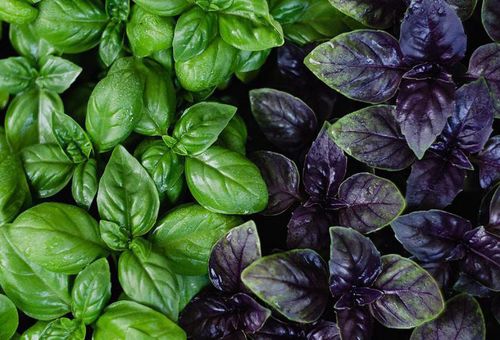
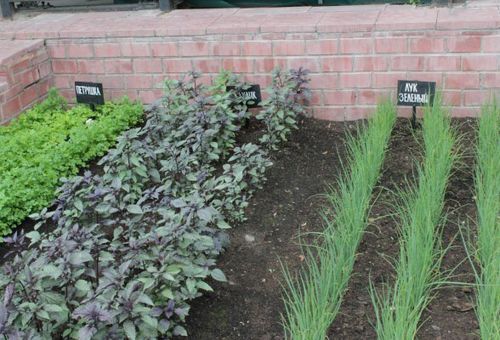

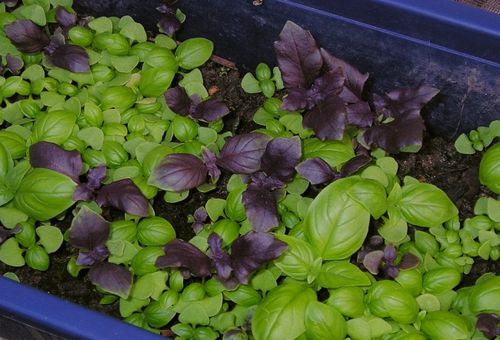
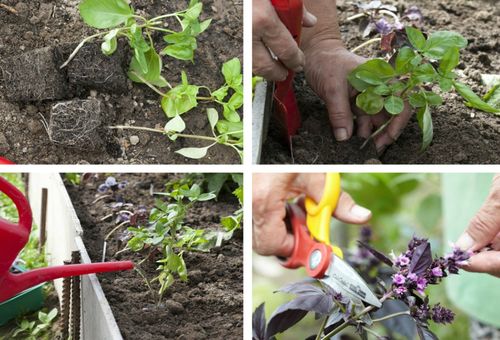
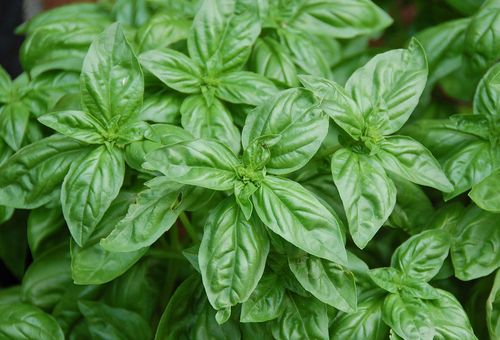
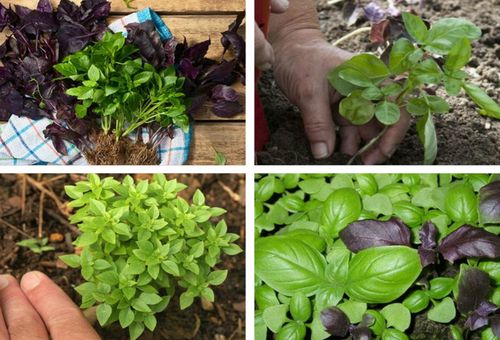

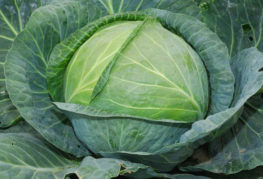
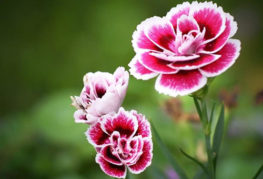
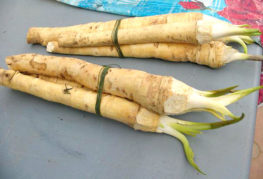
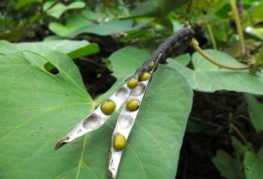
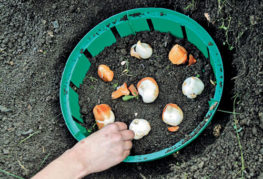
SOWING THE BASIL IS NECESSARY WITHOUT FILLING THE SEED WITH EARTH, JUST ON THE SURFACE OF WELL MOISTURIZED SOIL. CLOSE WITH FILM, AND ALREADY AFTER A FEW DAYS THE BASIL WILL RISE.